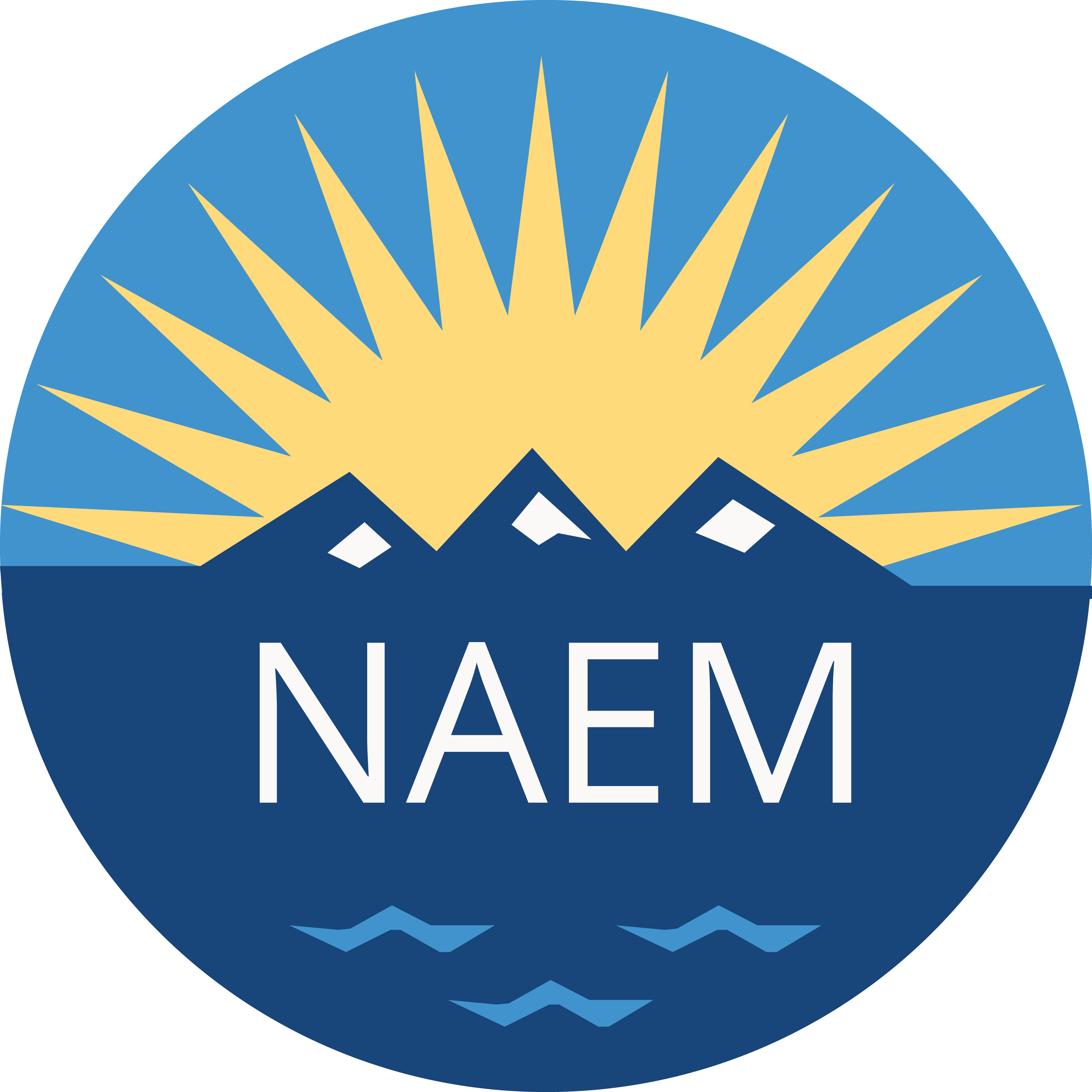Becoming an Effective EHS & Sustainability Leader Without Adding an "S" to Your Undershirt
By Bruce Klafter, Vice President of Corporate Social and Environmental Responsibilty with Flextronics International
How many of us have wondered at times whether we had all of the requisite knowledge and skills within our very lean EHS and sustainability teams to get the job done? Depending on the company, the list of responsibilities could include:
- Assessing air and water compliance
- Assessing industrial hygiene risks and identify mitigations
- Devising and leading training programs to affect behavioral change amongst diverse employee populations
- Collaborating effectively with other professionals (human resources, investor relations, facilities, product development, sales, supply chain, etc.)
- Communicating effectively to executives, customers, investors and others
- Tracking and understand regulatory developments in all of those areas
- Doing all of the above with a smile on our face!
If you add the still-emerging discipline of sustainability and you could easily add many more items to that list, e.g. carbon accounting, design for environment, lifecycle analysis, green teams, employee engagement, human rights impacts and so on.
An important related question is: What are the competencies of a successful EH&S or sustainability leader? While some may have a big red “S” on their undershirt, most of us have been forced to realize that “a man has got to know him limitations” (I believe stated by both Clint Eastwood in Josey Wales and the Big Boss in Cool Hand Luke).
Apart from having technical expertise in one or more areas (and it could be one of several), there are several “soft” skills that are essential for effective leadership. NAEM’s new report on “Skills and Competencies for the EHS & Sustainability Profession” makes mention of oral communications, managing without authority, making technical concepts accessible and decision-making, among others. And despite the never-ending emphasis we place on making a compelling business case for EHS and sustainability, we all know that persuasion and influence are paramount to making our programs go.
In a fast-moving environment, oral communications are often more important than written materials and we are usually operating without the authority to impose solutions. Leaders are willing to take on this substantial challenge and they are able to make decisions and to recommend actions that both advance the EHS agenda while being consistent with company strategy and constraints.
For those coming up through the ranks, I recommend practicing these leadership skills early and often. The only way to become a leader is to lead – it is not a trait that can be fully acquired in the classroom. Consider your strengths and weaknesses and then go out and gain the necessary experience. Remember that is not limited to the stressful environment of the board room: chairing an industry working group or taskforce, managing a team project with key deliverables, organizing the next family reunion or coaching your child’s little league squad are all great ways to develop your leadership skills.
Bruce Klafter is Vice President of Corporate Social & Environmental Responsibility at Flextronics International, where he provides leadership and strategic guidance for the company’s global operations. Prior to assuming this role, Mr. Klafter directed Applied Material’s EHS and sustainability programs and began his career as a distinguished environmental and natural resources lawyer.
This post originally appeared on NAEM's Green Tie blog.

